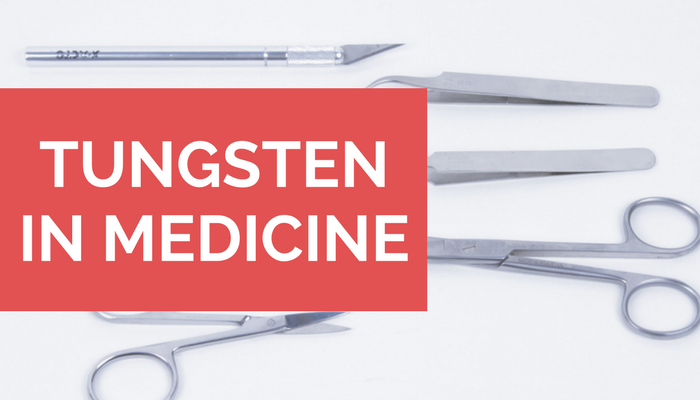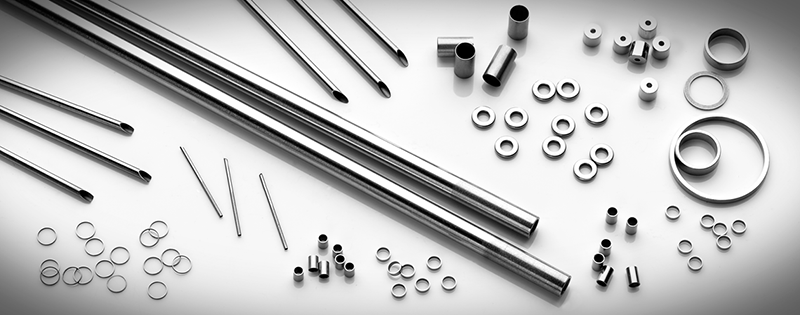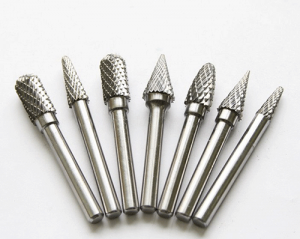
When we talk about tungsten, most of the people are not aware at what scale tungsten and its alloys can be used. Tungsten is one of the rare metals that has the highest point of melting, which is at 3,422 °C, 6,192 °F, and is usually found in the earth almost exclusively in chemical compounds. Tungsten is the heaviest element known to be essential to any living organism, but only in small quantities.
So, in short, tungsten can be found all over the world but where can it be used is the question. In short everywhere where its high melting point can be a benefit to the product, of which some of them can be found in the medical industry. Tungsten can be used in a variety of applications, from multi-leaf collimators, oncology treatment instruments, containment crates, medical isotope production, transport, radiation shielding materials, syringe shields, lead shielding replacement parts. Tungsten Heavy Alloy is also a well known component for creating shieldings which are used for X Ray scans since tungsten can withstand high temperature and keep environmental radiation exposure at almost zero.

Now, as you can see, tungsten has lots of uses, so let’s explain which some of them are:
– Multileaf Collimators
Alloys of high density are used for multileaf collimators to make individual leaves. For that reason, they can move freely in and outside of the particle beam path. This device directs a focused beam for treatment with radiotherapy, delivering correct therapy doses to its patients. For this reason, multileaf collimators are used in radiology departments where they have become an important part of the process of radiotherapy.
– Radiation and Lead Shielding Materials
Since tungsten is a tough rare metal its perfect for shielding from radiation. Tungsten has seen many uses in both medical, military and household appliances when it comes to protecting from various radiation waves. With its unsurpassed strength, Tungsten is widely used in the medical industry as a protective material for both the delicate instruments and humans. Tungsten can be used in gamma radiography, radioactive source containers, syringe shields, oncology systems and oncology instruments.
Final words about Tungsten
 When it comes to precision, toughness, and durability, Tungsten is one of the natural materials that you want to have on your side. Human health is a fragile ecosystem that needs to be nurtured and protected at all times, and since people do a poor job with that as it is, we have to rely on products that can make the threat to our health lower while we are still performing health detrimental tasks.
When it comes to precision, toughness, and durability, Tungsten is one of the natural materials that you want to have on your side. Human health is a fragile ecosystem that needs to be nurtured and protected at all times, and since people do a poor job with that as it is, we have to rely on products that can make the threat to our health lower while we are still performing health detrimental tasks.
Rest assured, when you see an item made from Tungsten, or an item that contains a lot of Tungsten in their metal base, that that item is not only going to outlast most items in the same category that are made from other metals, but that that item will be safer for use and will usually provide more benefits compared to its competition. However, Tungsten is a metal that interferes with molybdenum and copper metabolism and is, therefore, a toxic element to animal life. So try and keep your Tungsten products away from animals just to be perfectly safe.

